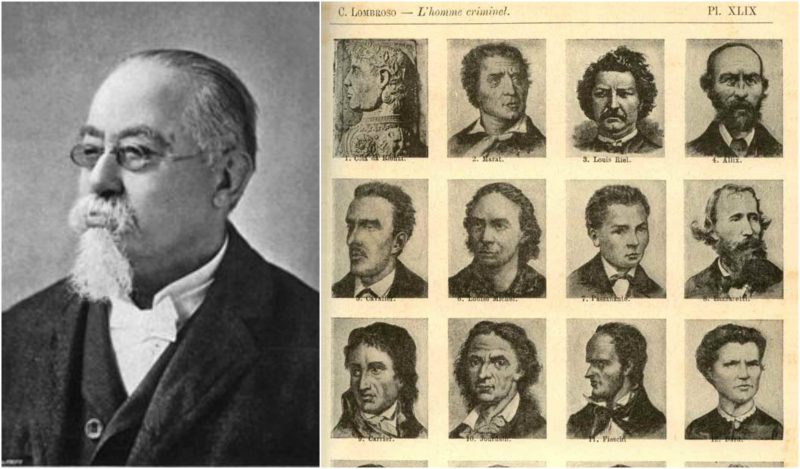Cesare Lombroso was an Italian physician who changed the approach to crime from a legalistic to a scientific one.
He disagreed with the classical studies that crime was a characteristic trait of human nature, and argued that criminality is inherited and that criminals can be identified by their physiognomy.
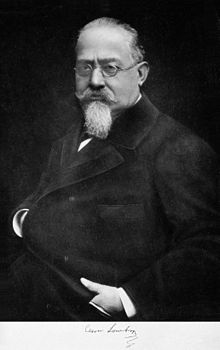
Lombroso was born in 1835 in a prosperous Jewish family. He started his academic career with studying archaeology, literature, and linguistics, but soon switched to medicine and in 1859 he became an army surgeon.
In 1866, he became a visiting professor at the University of Pavia, and after five years he was appointed a director of the asylum in Pesaro.
In 1878, he became a professor of forensic medicine and hygiene at the University of Turin. It was the same year that he published his most famous and influential work – “L’uomo delinquente.”
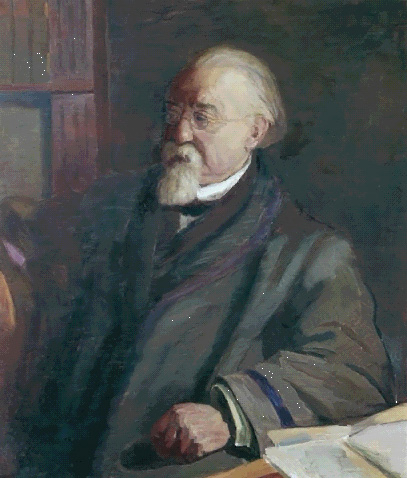
The book was popular all over Europe and was translated into various languages, but it took twelve years for it to be translated into English.
Lombroso was appointed a professor of psychiatry in 1896, and after ten years, professor of criminal anthropology at the University of Turin.
It was at this time when he established The Italian school of criminology along with his disciples, Enrico Ferri and Raffaele Garofalo.
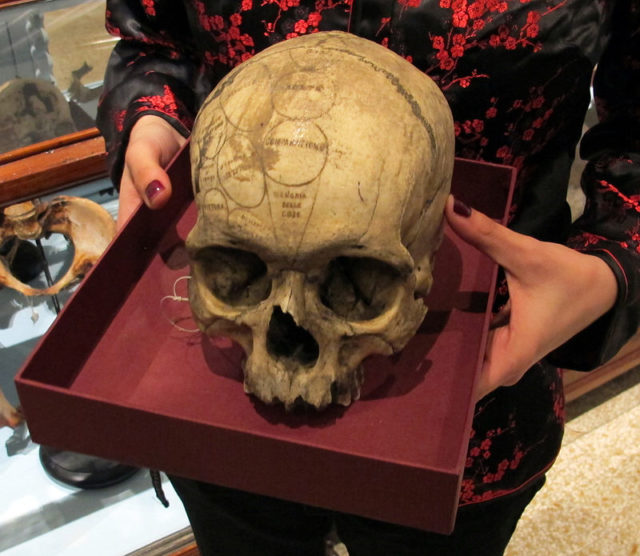
He made a clear distinction between criminals and noncriminals on the base of multiple physical anomalies. It all started when he autopsied the body of Giuseppe Villela – infamous Italian criminal.
While studying Villela’s skull, he noticed that it had some characteristics that reminded Lombroso of the skulls of “inferior races” and “the lower types of apes, rodents, and birds.”
Relying on the theories about physiognomy, degeneration theory, psychiatry and Social Darwinism, Lombroso based his theory on atavism, explaining that criminal appears in organisms in a way that it resembles ancestral (prehuman) forms of life.
Hence, he called criminals modern “savages.” He argued that the physical characteristics of criminals were reminiscent of apes, lower primates, and early humans.
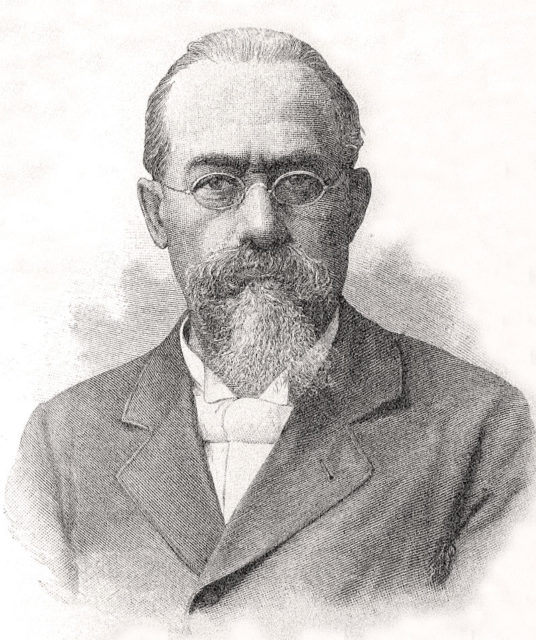
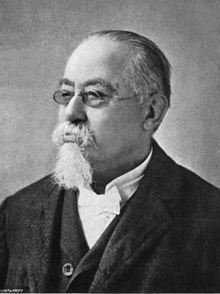
According to Lombroso, criminals can not easily adapt to the morals, rules, and laws of the modern civilized society because their “nature” ,which is a result of an evolutionary throwback (atavism), is more naturally demonstrated through “primitive or savage acts”, contradictory to those of the modern men.
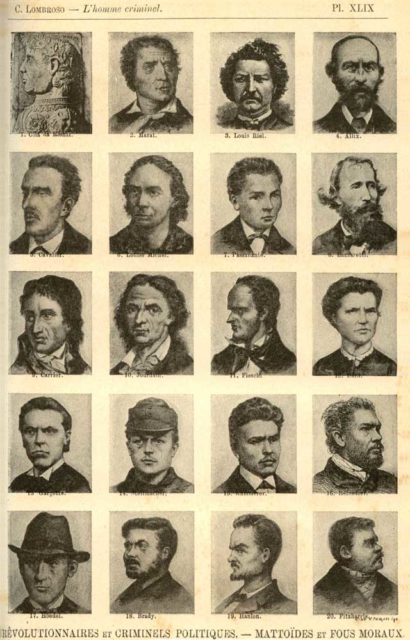
Examples of physiognomy of criminals, according to Lombroso: Revolutionary and political criminals, crazy and insane
After years of research and evolving of his theory, Lombroso claimed that the “born criminal” (“reo nato”, the term is given by Ferri) can be recognized by their physiognomy.
For example, they might have some of the characteristics such as a sloping forehead, ears of unusual size, asymmetry of the face, prognathism, excessive length of arms, asymmetry of the cranium, and other “physical stigmata.”
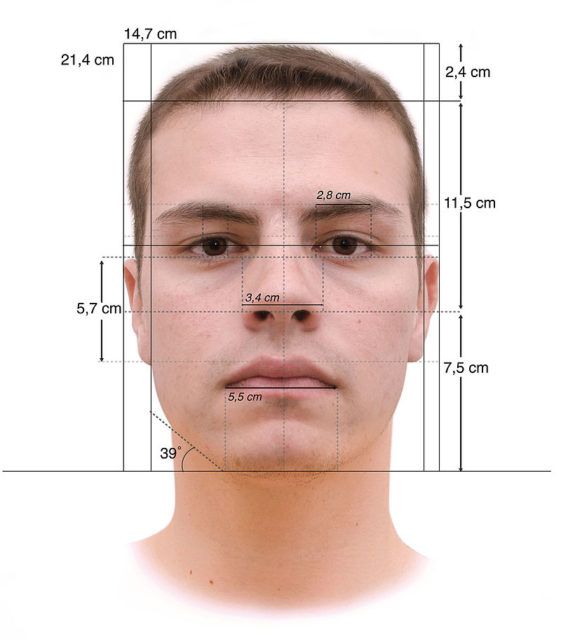
Further, Lombroso argued that criminals had less sensibility to pain and touch, more acute sight, a lack of moral sense, including an absence of remorse, more vanity, impulsiveness, vindictiveness, and cruelty, and other manifestations, such as a particular criminal argot and the excessive use of tattooing.
He also believed that specific criminals such as thieves or murders or rapists are given away by particular “set” of characteristics.
In 1889, Lombroso published his book “The Man of Genius” in which he presented his theory about artistic geniuses who, he believed, have inherited insanity.
He based his opinion on the analysis of an extensive collection of “psychiatric art.”
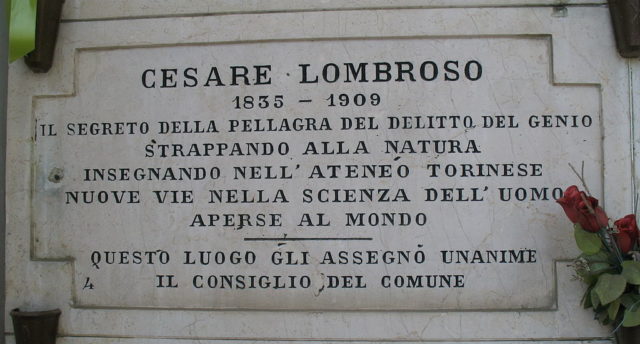
Even though most of his theories are dismissed as outdated or irrelevant, he contributed largely to the studies of criminals and is still considered to be the father of criminology.
